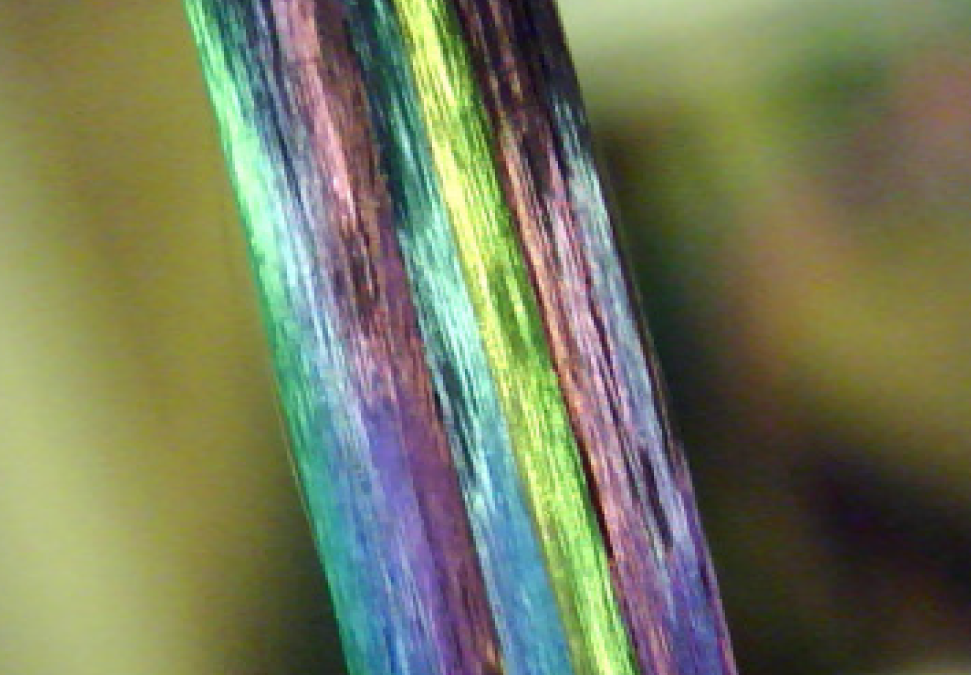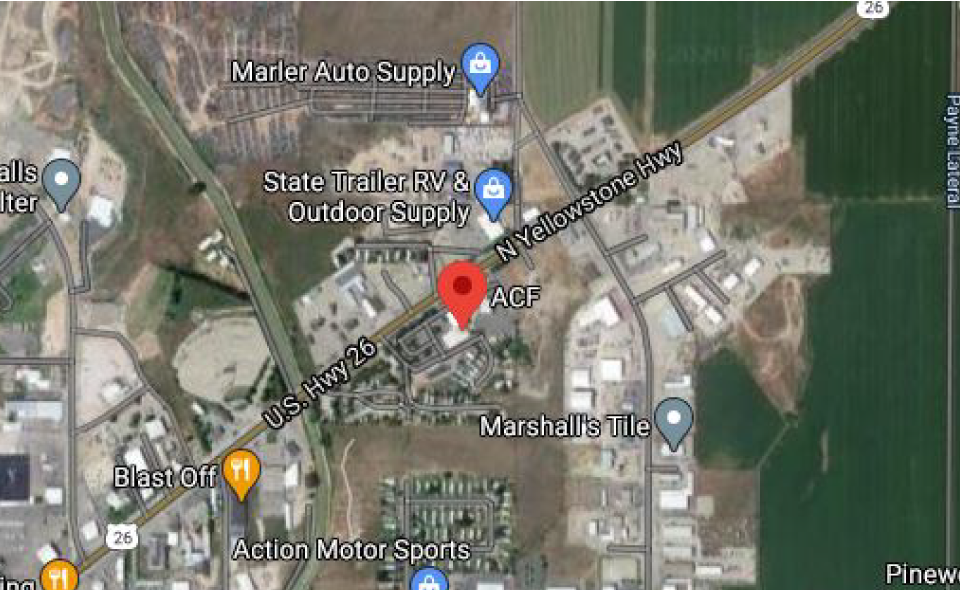
Take-Up Reels Showing Conversion of PAN Carbon Fiber to Fi-Bar™
February 27, 2015
Production Conversion of PAN Carbon Fiber to Fi-Bar™
"This is what we're looking for!" Bright, consistent, peacock coloration of the converted PAN carbon fiber to Fi-Bar™. We know from all of our laboratory and pre-production runs that the change in coloration of the base material is a sure indicator that it has been at least partially converted to Fi-Bar™. As we adjust the various operational and environmental parameters of the patented process we can vary the levels of conversion, making Fi-Bar™ suitable for the production of MMC's in aluminum, steel, titanium, and other related metal alloys, as well as CMC's. An aluminum metal matrix composite sample plate is currently being evaluated for use in lightweight vehicle armor.




